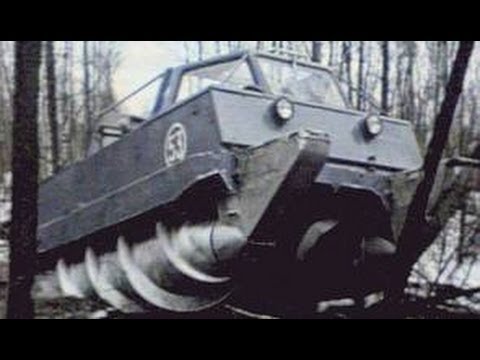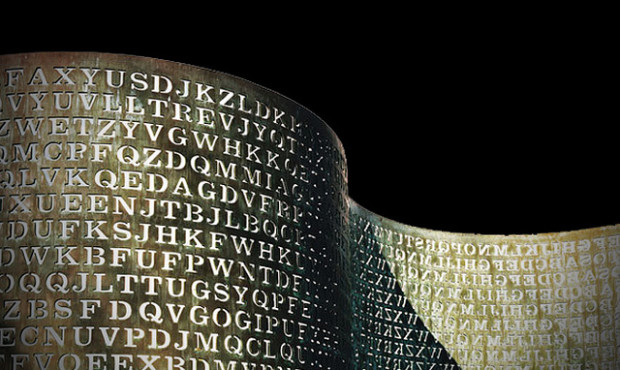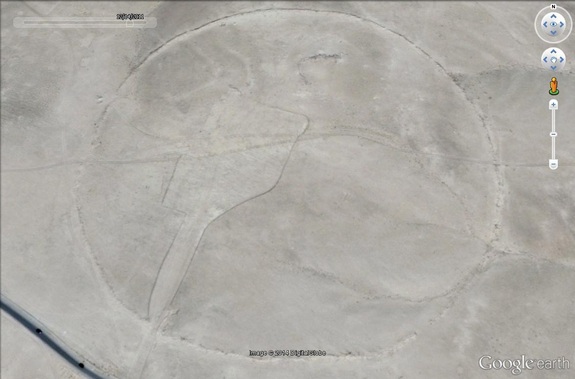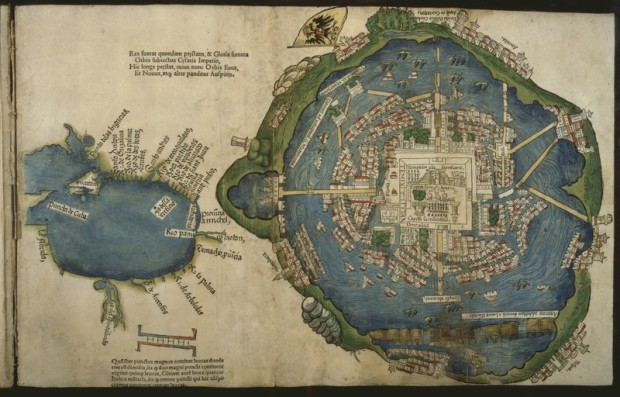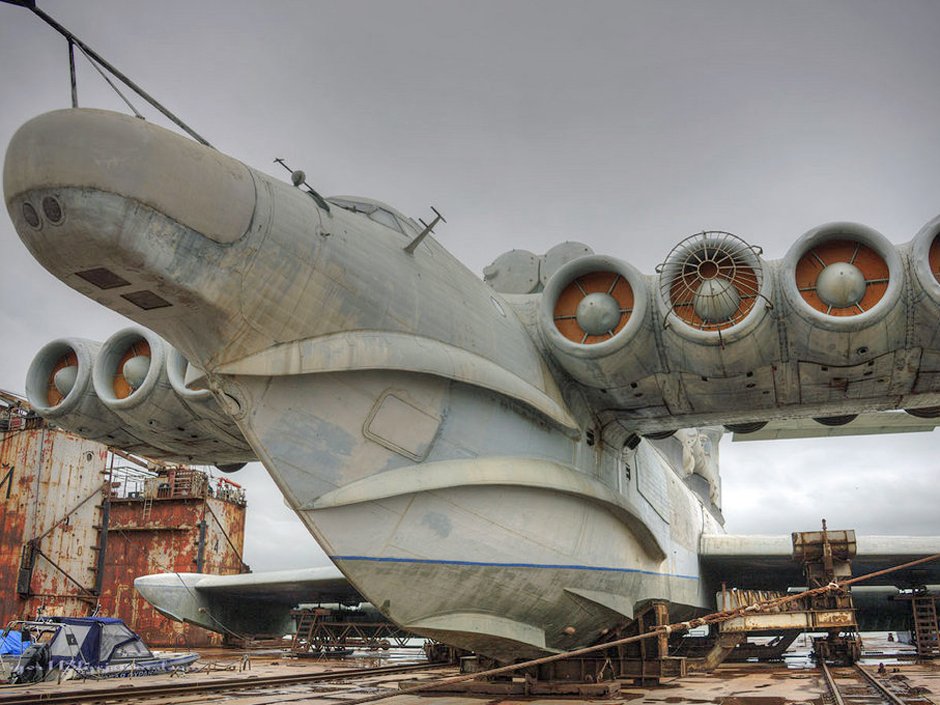In a cemetery in northwestern Poland dating to medieval times, archaeologists recently excavated six corpses buried with stones jammed under their chins or sickles placed across their bodies. Fueled by centuries of folklore about the undead, such measures were taken to prevent “vampires” from rising from the grave and attacking the living. Though an initial hypothesis suggested these men and women were singled out because they were immigrants, researchers have found evidence that contradicts this theory, and points in a different direction.
Legends of “revenance,” or people returning from the dead, have deep roots among human civilizations, stretching all the way back to ancient Egypt, Greece, Babylonia and beyond. As reported in LiveScience, vampire tales have circulated in eastern Europe since at least the 11th century. According to ancient folklore, a person risked becoming a vampire after death if he or she was unbaptized, or killed in some violent manner. People also risked vampirehood if they were outsiders from another area, or if they were among the first to die from an infectious disease.
In fact, the longstanding idea that vampires drink blood may date back to medieval plagues and epidemics, when diseased corpses would remain exposed for extended periods of time. Gases inside the decomposing body would cause bloating, and force blood up through the lungs and esophagus and into the mouth. Those people unfamiliar with such biological processes may have seen corpses in this state and believed they had grown fat from feasting on human blood.
In 17th and 18th century Poland, people performed apotropaic funerary rites, intended to guard against evil, for those people who they suspected might become vampires after death. These included placing the sharp, curved farming tools called sickles across their bodies, or lodging large rocks under their chins. The idea was that if the person did rise from the dead, the sharp blade of the sickle would decapitate him, while the rocks would pin his jaw shut and prevent him from preying on the living.
Researchers in the new study, whose findings were published in the journal PLOS One, looked at 60 of the 333 burials found at the Drawsko cemetery in northwestern Poland. Six of these were the so-called “Polish vampire” burials, which were not concentrated in the same area of the cemetery, suggesting they were not buried at the same time. To determine the origin of the people buried at Drawsko, researchers analyzed the decay of strontium isotopes in the tooth enamel of the corpses. (Because each locale has a unique ratio of strontium isotopes, and people’s bodies naturally take in elements from their environment, scientists can determine where a person is from by analyzing their strontium isotope ratios.) When they compared the ratios of the Drawsko corpses with those of local animals, they found that they were similar, meaning it was highly unlikely the supposed vampires were migrants from outside the region.
Since none of the bodies showed any signs of having died in a violent manner, and they were found to be natives of the area where they were buried, the researchers concluded that these men and women may have been stigmatized for another reason: They may have been among the first victims of repeated cholera epidemics that swept the region during the 17th and 18th centuries. Spread through contaminated drinking water, cholera can kill its victims in days or even hours, and such a quick death would explain why no marks were left on the bones.
In medieval times, when people lacked a scientific explanation of how cholera and other such infectious diseases spread, they were likely to chalk it up to vampires or other supernatural causes. As study co-author Lesley Gregoricka, a bioarchaeologist at the University of South Alabama, told the New York Times: “Cholera was attributed to the supernatural…They believed people would return from the dead, feed on living individuals and cause the disease to spread.”


